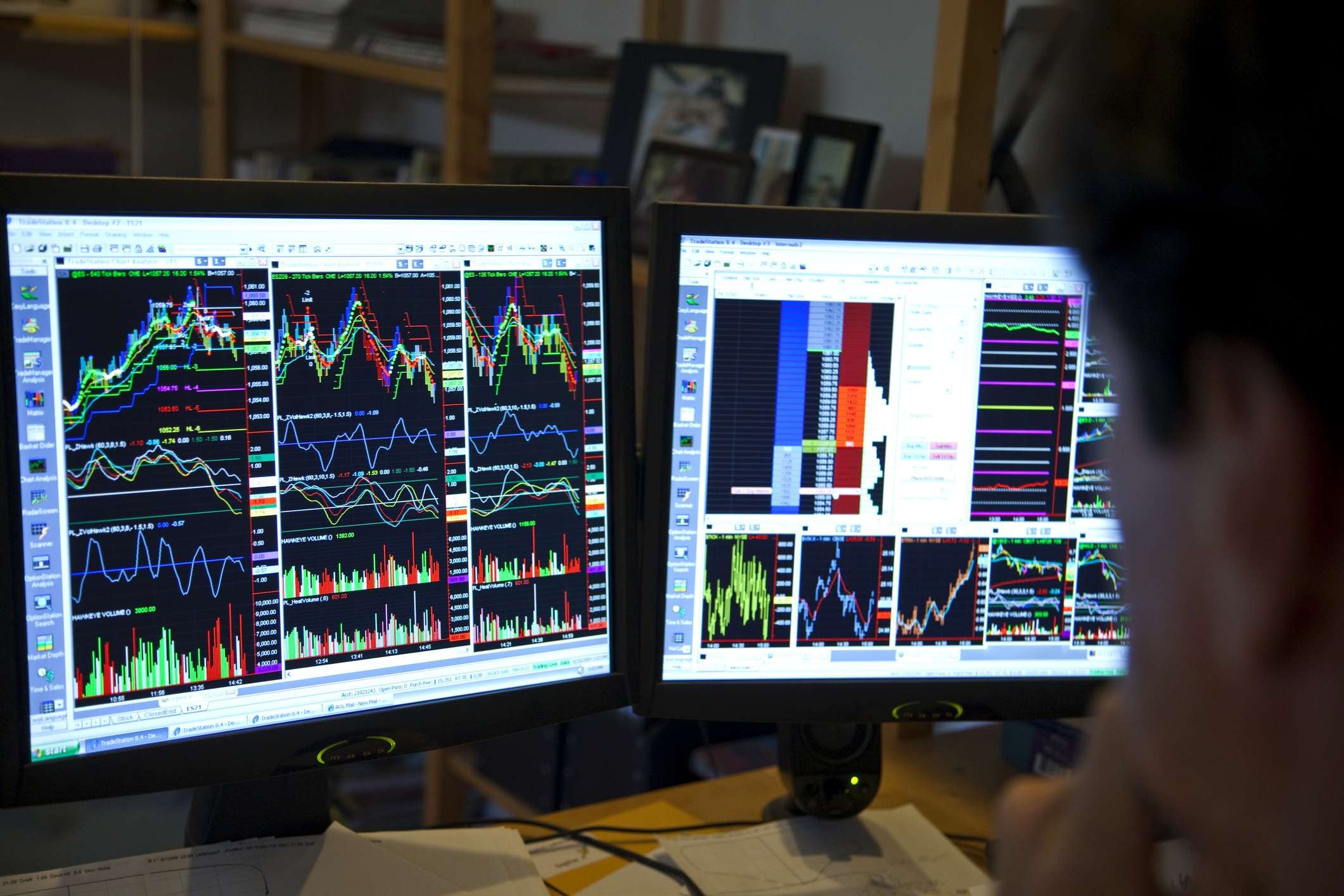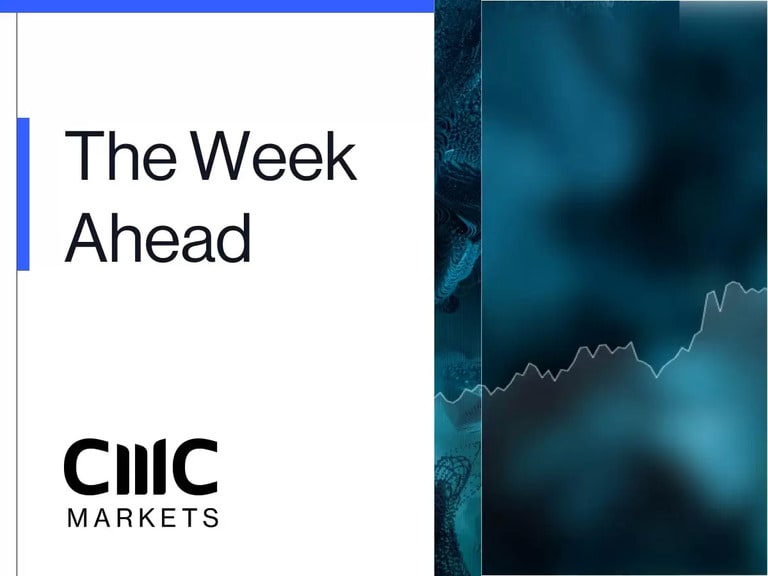Despite finishing last week on the front foot, European markets finished lower for the second week in succession, as concerns about central banks tightening into a slowing global economy weigh on risk sentiment.
It was a similar story for US markets, which also finished lower for the second week in succession over concerns that in its keenness to crack down on inflation, the Federal Reserve will overdo it and tip the US economy into recession.
Asia markets got off to a slow start to the week yesterday after the latest economic data out of China showed that retail sales fell -3.5% in March, slightly more than expected and a big fall from the 6.7% rise seen in February. Not surprisingly, the various covid-related restrictions and lockdowns were the main reason for the decline here, and are likely to see a spillover into April’s numbers as well. With stories of residents unable to go out and buy groceries and other necessary foodstuffs, the real surprise here is that the decline wasn’t bigger.
Industrial production for March was slightly more resilient, rising 5%, although that was still down from the 7.5% gain seen in February. Having seen such a poor economic performance in March, it was rather surprising to see that the Chinese economy managed a reasonably strong 1.3% expansion for Q1, growing at an annualised rate of 4.8%, well above expectations of 0.7%, and 4.2% respectively.
Putting to one side any scepticism about the strength of the headline GDP number, it’s still well below the Chinese government’s annual GDP target of 5.5%, and likely to remain so unless the Chinese government sees a way to relax its current zero covid policy, which has left Shanghai, its main financial centre, locked down for weeks.
The Chinese central bank has taken steps to ease financial conditions by reducing banks' reserve requirement ratios by 25bps at the end of last week. This is all well and good in freeing up banks to lend more money, but with demand likely to remain weak it’s the equivalent of pushing on a string. Banks can’t lend if business and consumers don’t want to borrow.
Unsurprisingly, the weak economic outlook, uncertain geopolitical situation and rising inflationary environment prompted the World Bank to cut its 2022 global growth outlook to 3.2% from 4.1% yesterday. This move is likely to be followed by the IMF later this week, as it gets set to meet in Washington. Its current estimate for 2022 is 4.4%, which it set in January, with Europe and Central Asia likely to take the brunt, due to the Russian war in Ukraine, and Covid restrictions, respectively.
With the return of European markets from the long Easter weekend break, we look set to get off to a negative start in the wake of yesterday’s lower finish for US markets, amid concerns that the growth downgrades seen yesterday could well be the first of many.
The US dollar has continued to look strong, closing in on two-year highs against a basket of currencies, helped by the decline in the Japanese yen to another 20-year low, and which appears to be on course for a move towards the February 2002 levels of 135.00. The euro is also under pressure after the European Central Bank gave little indication that it was in a hurry to raise rates at its latest rate meeting last week. While it was notable that the ECB was keen to stress that the APP programme would be coming to an end by the end of Q3, there was no indication that they would be prepared to go in the opposite direction and start quantitative tightening, putting it very much on a divergent path from other central banks.
US 10-year yields have also continued to climb, pushing up to a new three-year high, on a combination of Fed hiking concerns, as well as concerns about rising food prices. Crude oil prices appear to be back on the rise again, pushing up to their highest levels this month, despite concerns about Chinese demand. Disruption in Libya is adding to concerns about supply with the shutdown of some of its facilities. We’re also seeing renewed upward pressure in agricultural commodity prices, with corn rising to its highest level since August 2012, while wheat is edging higher again, along with rough rice and soybean.
EUR/USD – has slipped below the 1.0800 area, and March lows and looks set for a move towards the March 2020 lows at 1.0635. We need to see a recovery back above 1.0840 to stabilise and signal a move back to the 1.0930 area.
GBP/USD – last week’s rebound off the 1.2970/80 area ran out of steam at the 1.3150 area, thus keeping the risk very much towards the downside on a break below 1.2950. A break below 1.2950 argues for a move towards 1.2800.
EUR/GBP – rebounded from the 0.8250 area but haven’t been able to get back above the 0.8320 area. This keeps the bias for a move lower towards the 0.8200 area and March lows. Above 0.8320 retargets the 0.8380 area.
USD/JPY – has continued its relentless march higher, with the move above 126.00 potentially signalling a move towards 130.00, as well as the 2002 highs at 135.00. While we remain above the 124.70/80 area the bias is for further upside.
CMC Markets erbjuder sin tjänst som ”execution only”. Detta material (antingen uttryckt eller inte) är endast för allmän information och tar inte hänsyn till dina personliga omständigheter eller mål. Ingenting i detta material är (eller bör anses vara) finansiella, investeringar eller andra råd som beroende bör läggas på. Inget yttrande i materialet utgör en rekommendation från CMC Markets eller författaren om en viss investering, säkerhet, transaktion eller investeringsstrategi. Detta innehåll har inte skapats i enlighet med de regler som finns för oberoende investeringsrådgivning. Även om vi inte uttryckligen hindras från att handla innan vi har tillhandhållit detta innehåll försöker vi inte dra nytta av det innan det sprids.






